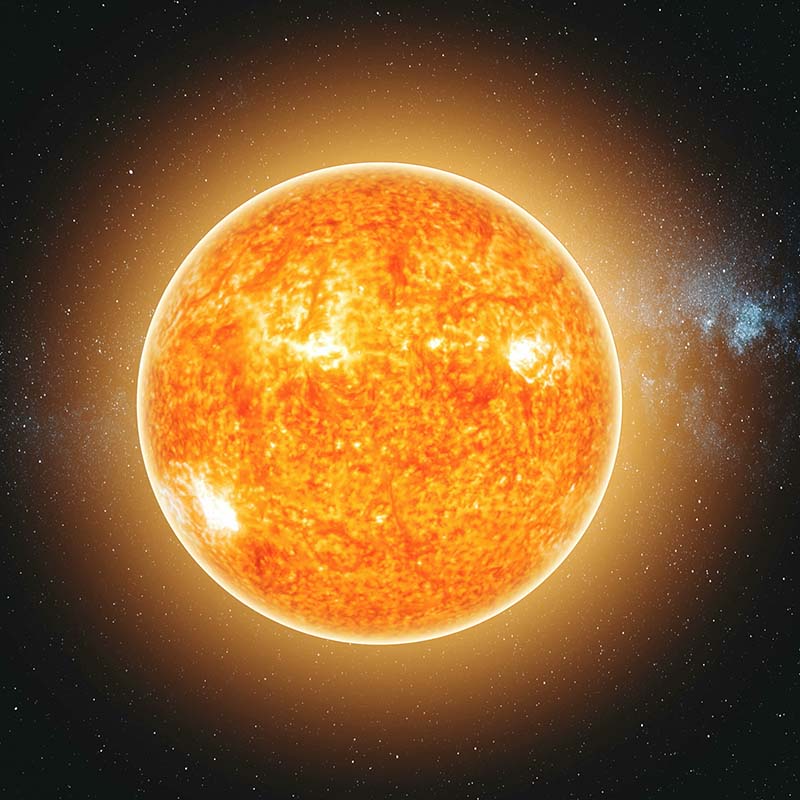
By: Katelyn G.
Year: 2024
School: Sage Hill
Grade: 11
Science Teacher: Beril Tekin
In the vast expanse of the cosmos, where stars twinkle against the infinite canvas of space, lies a treasure trove of mysteries waiting to be unraveled. Among these enigmatic entities are exoplanets, celestial bodies orbiting stars beyond our solar system. For centuries, humanity gazed at the night sky, pondering the existence of these distant worlds. Then, in 1995, a monumental breakthrough altered our cosmic perspective forever.
Studying the Radial Velocity (RV) of stars unveiled the first definitive detection of an exoplanet. Since that pivotal moment, this technique has propelled the discovery of several thousand exoplanets, reshaping our understanding of the cosmos. Traditionally, scientists employed cross-correlation of spectral data with a template mask for RV extraction. However, in recent years, a quest for enhanced precision and efficiency has driven the exploration of novel methodologies.
In a groundbreaking proof-of-concept research endeavor, Katelyn has introduced a paradigm shift in exoplanet discovery. Leveraging the power of Computer Vision (CV), Katelyn devised an innovative approach to analyze stellar spectra and extract RVs with unparalleled accuracy.
The methodology entails creating special 2D stellar spectra images and developing a novel algorithm utilizing CV to align absorption lines and quantify wavelength shifts. Unlike conventional methods, which rely on template matching, the CV-based approach offers a dynamic solution capable of adapting to diverse model settings and mitigating measurement noise effectively.
To validate the efficacy of their approach, Katelyn’s team conducted extensive experiments on real stellar data sets measured by the Yale Extreme-precision Spectrograph Stellar Signals Project (ESSP). Remarkably, the results demonstrated that the CV method yields comparable outcomes to industry-standard techniques in both time and frequency domains. Moreover, its rapid processing speed positions it among the fastest extraction methods available.
With the precision of RV extraction inching closer to the 1 m/s threshold, the prospect of identifying star-exoplanet systems akin to our own Sun-Earth system becomes increasingly tangible. As instrumentation continues to advance, the CV-based approach holds the promise of unveiling habitable exoplanets lurking amidst the cosmic expanse.
Katelyn’s endeavor underscores the exponential growth in exoplanet discovery facilitated by technological advancements. From millennia of speculation to the revelation of over 5,000 exoplanets within a mere three decades, humanity’s cosmic odyssey has entered a new era of exploration.
